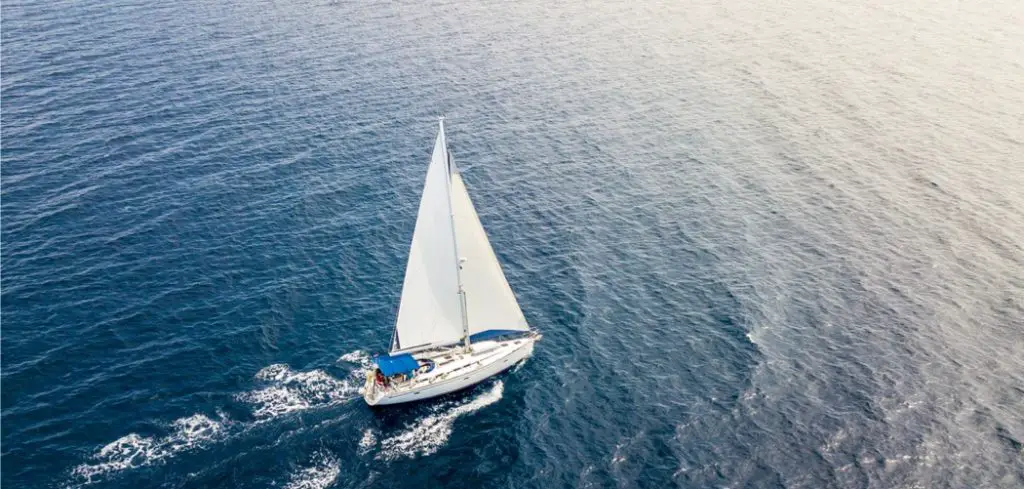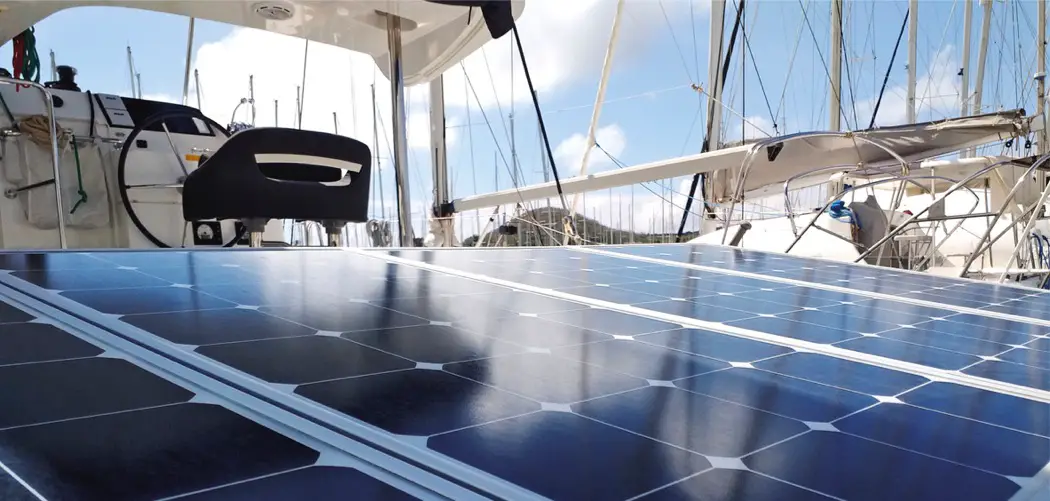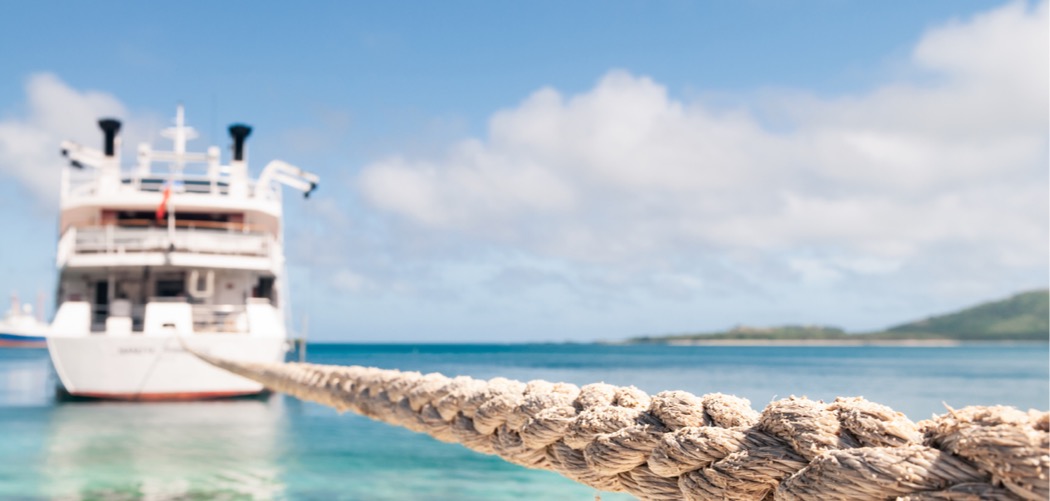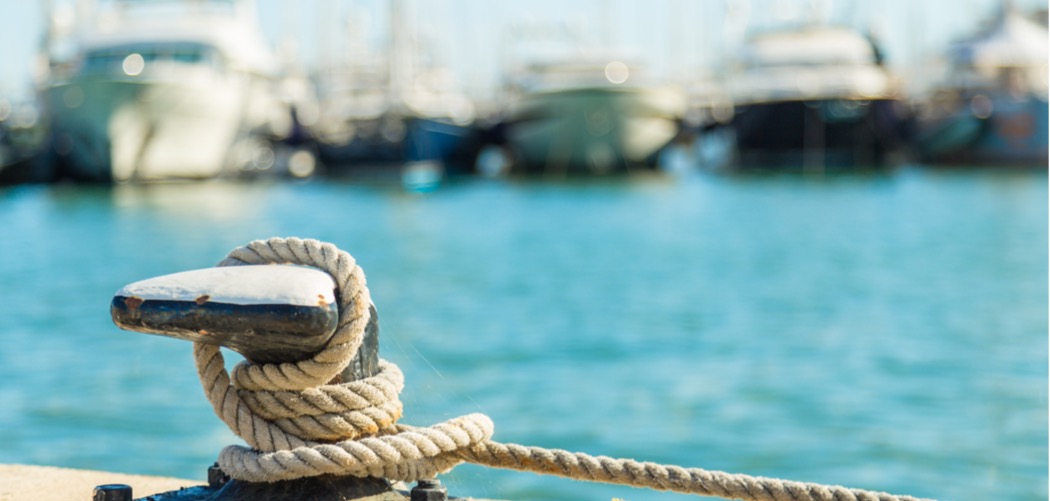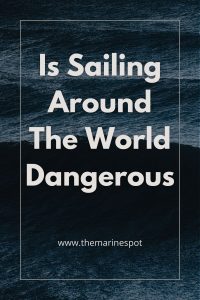 In the novel, Phileas Fog managed to get around the world in 80 days. However, if we’re being realistic, a boat trip around the world could take as long as 100 days. That would be pure sailing and not stopping at various locations to explore and learn more about the culture.
In the novel, Phileas Fog managed to get around the world in 80 days. However, if we’re being realistic, a boat trip around the world could take as long as 100 days. That would be pure sailing and not stopping at various locations to explore and learn more about the culture.
The idea of sailing around the globe is something that appeals to those with an adventurous personality. But the reality isn’t all exotic destinations and the ocean as far as the eye can see. In fact, sailing around the world isn’t something that should be attempted by anyone who doesn’t have vast sailing experience.
That said, sailing around the world isn’t necessarily a dangerous or life-threatening scenario provided you have the right equipment and knowledge. If you’ve never set foot on a boat in your life
then you can bet your bottom dollar that you’d run into trouble. But, if you’re a dab hand with decades of nautical experience under your belt, this could be a viable trip and not just a pipe dream.
Table of Contents
How Dangerous Is Sailing Around The World?
Compared to other methods of travel, sailing around the world can be incredibly safe. But that is on the condition that you have the right boat, the right equipment and a decent amount of sailing
knowledge.
The Importance Of Staying In The Know
One of the most vital things to consider before embarking on a round the world trip in your boat is the news. There have been some serious incidents out in the Indian Ocean and around the east coasts of Africa. Staying in the know about which locations carry the most risks will allow you to plan your course in a safer manner.
While there are some areas that are more prolific than others when it comes to crimes against sailors, this can change. For example, back in the early 2010s, there were some serious nautical crimes committed along the coasts of Venezuela and over in Indonesia. However, these areas are much safer than they were 10-15 years ago.
The only way to properly weigh up the risks is to be across the latest news and pay close attention. What’s more, you need to be prepared to alter your route in the event that new risks pop up during
your travels.
The Risks Of Piracy
When I talk to new sailors about the risks of pirates, they often look at me as if I’ve lost the plot. Piracy is something we associate with periods from hundreds of years ago but modern piracy is very much a real thing and a serious risk to sailors who aren’t well prepared.
While the number of piracy crimes around the world has dropped significantly, there are some areas where it’s still a real problem. Just look at the 2019 attack in Panama which resulted in the murder of a New Zealand father sailing with his family.
In order to understand more about this, we first have to get to grips with what piracy is. The true definition is a crime associated with attacking or robbing ships on the water and these crimes are typically of a violent nature.
Some of the worst hotspots are around South American coasts in places like Venezuela and Nicaragua as well as east African coasts and around the Middle East. In many cases, modern pirates are fishermen from poverty stricken villages that will pillage items to sell on and make money because of their struggling economy.
In order to stay as safe as possible when sailing around the world, the best thing you can do is to avoid areas where piracy is common. What’s more, I’d strongly recommend only sharing your travel plans with those that are absolutely necessary. Let’s say you’re at a port or marina and you start loudly discussing your chosen route, anybody could overhear and this could put you as a prime target for crime.
I’d also suggest having a Plan B and be willing to change your course at a moment’s notice. Keep an eye out for boats that are acting suspiciously and if you suspect anything then it’s never too early to alter your route to get away. That said, you should keep in mind that most pirates will be equipped with fast boats and weapons so, if you are attacked then don’t try to fight back because the chances are that you will lose.
If you’re travelling in a group then it’s vital that everyone is aware of what to do in the case of an attack. Before you leave, draw up a clear security plan and be sure that everyone is across it. This might include radioing for assistance if you notice pirates approaching or when to use your own
weapons.
It’s also worth thinking about when and where you sail as this can make a big difference in whether you are spotted by pirates. Typically pirates will stay close to land so where possible, sail as far out to
sea as you can. What’s more, sailing dark at night will drastically reduce your chances of being spotted but of course, this again involves not staying too close to land because of the risks of things like reefs.
My final piece of safety advice where pirates are concerned is to tail a dinghy behind your boat. In a lot of cases, pirates will attempt to board the vessel from behind so having something that makes it more of a challenge for them to get on board could be enough of a deterrent.
The Risks Of The Weather And Other Conditions
One of the greatest risks associated with sailing around the world, or indeed, sailing on the ocean at all, is the weather. While we do have some reliable tools to predict how the weather will be, this isn’t always accurate and it’s not unusual for surprise weather to come upon us.
When making an attempt at an around the world sailing trip, it is vital that you study your chosen routes and what the common weather patterns are along it. It’s also essential to ensure you are aware of alternative routes in the event that weather prevents you from following your original plan.
There are three types of adverse weather that, as sailors, we should be aware of. These are trade wind squalls, cold front thunderstorms and air mass thunderstorms. Getting an understanding on what causes these types of weather will better allow you to make predictions and plan your journey.
On top of the weather, we have to consider other conditions that could pose a danger. One of the most common problems faced by sailors at the moment are shipping containers that have fallen from their vessel. Colliding with one of these containers could cause serious damage to your boat. The same can be said for natural structures like coral reefs.
While one cannot possibly predict an encounter with something like a rogue shipping container, it is possible to prevent collisions with a reef by not sailing too close. How do you know where coral reefs are? This again comes down to forward planning and familiarising yourself with your chosen route. Where shipping containers are concerned, it can help to plan your sailing route as far from major
shipping routes as possible.
When you head out onto the ocean, you’re entering the territory of several marine species. The larger they are, the more potential damage they can do to your boat. Whale collisions are one of the most common and if you’re in a smaller vessel, the results can be devastating. Not to mention the risks to the whale which we also want to avoid.
Again, it’s not entirely possible to predict where a whale, or even a pod, might show up but looking at whale migration patterns and areas that they frequent can help you to plan better. Moreover, it’s always a good idea to be on the lookout for signs that whales might be in the vicinity so keep your
wits about you.
The Risks Of Not Having The Correct Equipment
One of the final important things to consider when sailing around the world is the risk of not being well equipped. Any experienced sailor will tell you that not correctly provisioning the boat will ultimately lead to disaster. But as with everything else, careful planning can save you from ending up in a potentially life threatening situation.
You will need to ensure that you have enough supplies for you and your crew for the entire duration of the trip as well as some surplus in the event of an emergency. On top of this, you’ll need a medical kit with everything you need for first aid as well as personal medicines with extras just in case the trip takes longer than expected.
Another essential part of equipping your boat is to make sure that you have the right navigation and communication tools. In addition, I’d recommend having back ups for everything because, even if you’re using brand new equipment, there’s always room for failure.
Before setting sail, test all of your equipment to ensure it is in good working order especially things like emergency beacons as you cannot afford for these to fail.
Areas You May Wish To Avoid
As I have discussed, sailing around the world doesn’t need to be filled with dangers as long as you’re well prepared. However, as with anything, the dangers can be increased in certain areas so these are places you may wish to avoid.
- Cape Horn at the very bottom of the Chilean tip is one of the worst places in the world for unpredictable weather. It can literally change without a moment’s notice and may include harsh winds, icebergs and super strong currents. While many experienced sailors will head here for a challenge, it’s best avoided if you want a peaceful and event-free trip.
- Off the coast of Venezuela lies Margarita Island. This looks like a beautiful place to explore but the piracy rate here is alarming so it’s best to steer clear.
- The Indian Ocean is one of the hotspots for piracy and things got worse since the end of the Somali war. While there are agencies fighting crime here and there has been a marked decrease in recent years, it’s still somewhere that you may wish to be careful.
- Piracy is a big problem in the Gulf of Guinea. While criminals do tend to focus on commercial vessels, they will take a hit at a smaller boat, particularly if it is left unattended. There is also a serious risk of kidnapping here which is why many sailors will employ security personnel when sailing in this part of the world.
- Between Somalia and Yemen, you will find the Gulf of Aden. Piracy is so bad here that NATO has issued warnings to sailors to stay away. Not only will the pirates here steal but they’re also known to take hostages in return for a ransom.
- The Bermuda Triangle is famous for its mysterious activity and many ships have inexplicably been lost here. While there is little evidence to support the supernatural claims associated with the area, there are factual weather risks. Here, you may be exposed to high winds and storms which is all the more reason to sail around it.
How Long Does It Take To Sail Around The World?
If I were to set off on a round the world sailing trip tomorrow, I could realistically be back in a little over three months. But this is based on the notion that I would be sailing non-stop and not having any breaks. If you’re someone that simply wants to spend time on the water then sure, this would be a viable way of exploring the world.
But for most people, travelling around the world is about getting better acquainted with new cultures, new cuisine, new people and new scenery. You can’t see all of that from the sea so stopping off at a variety of locations is a must.
If we’re being realistic, the shortest around the world trip could take as long as three years but if you really wanted to get stuck in and explore then you could spend a decade sailing around the world.
But Isn’t The Record Much Shorter Than 100 Days?
When I say that it would take around 100 non stop days to sail around the world, I’m referring to regular sailors like you and I.
As with anything, there are people that take things to the extreme and will aim to reach the highest heights in the fastest time and that’s no different when it comes to a round the world sailing trip.
The fastest original time was recorded by Francis Joyon who managed to get around the world in 57 days after his previous record of 72 days. However, many others came along to defeat this and thecurrent record holder, Francois Gabart boasts a round the world trip that lasted just 42 days!
(source)
Final Thoughts
There are certainly many issues that one might face when heading out on a round the world sailing trip. However, for the most part, this is a fun adventure that is perfectly safe provided you are well educated and well equipped.
There are certain areas that you may wish to stay away from due to crime and you will need to ensure that you have all of the right equipment and are prepared for what will inevitably be a very long journey.

